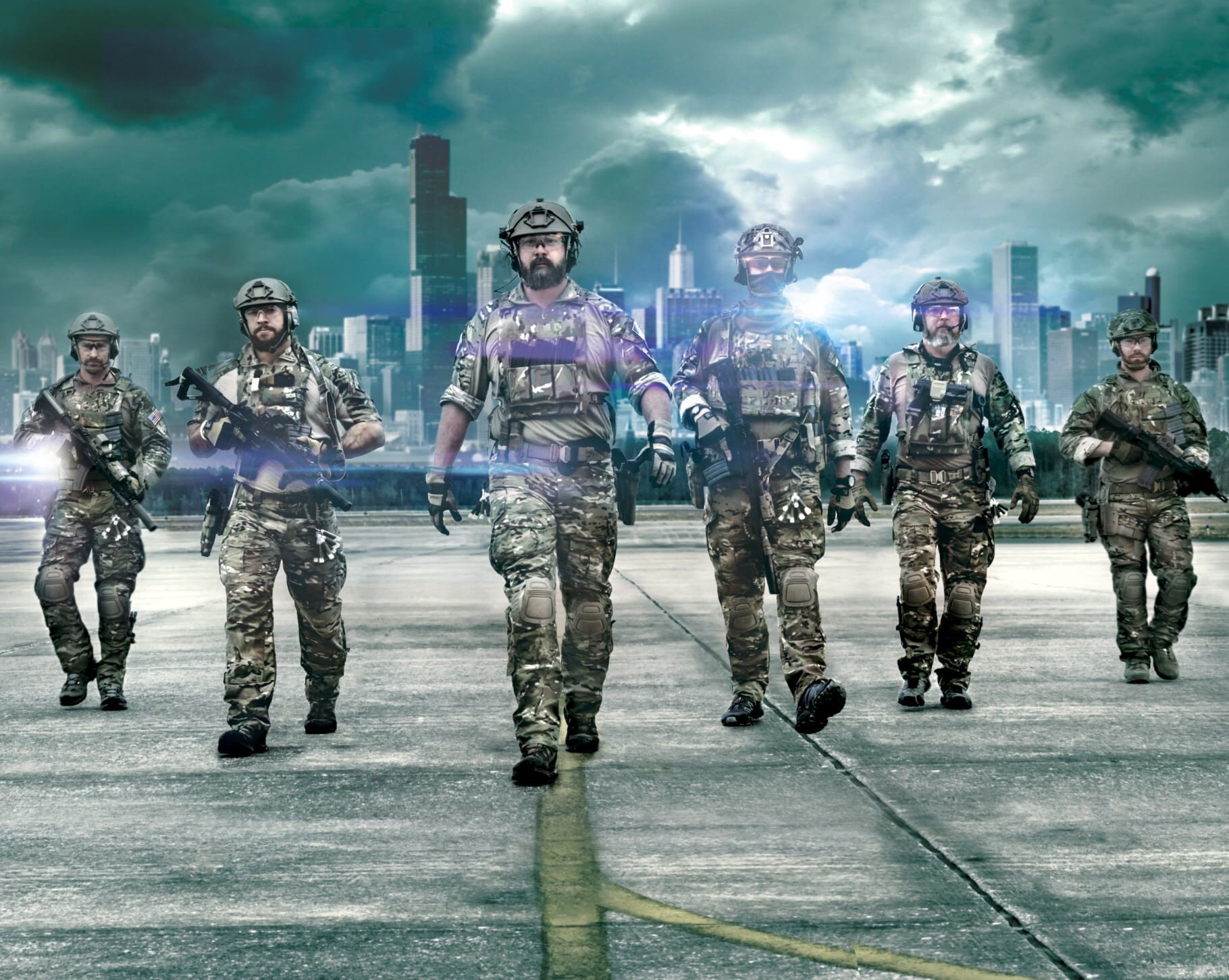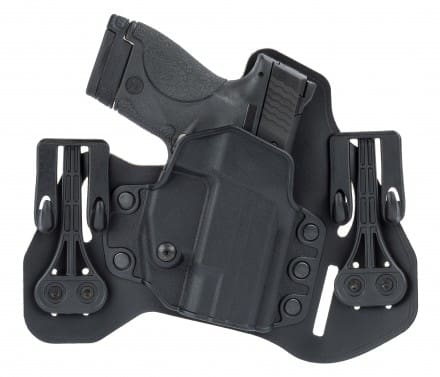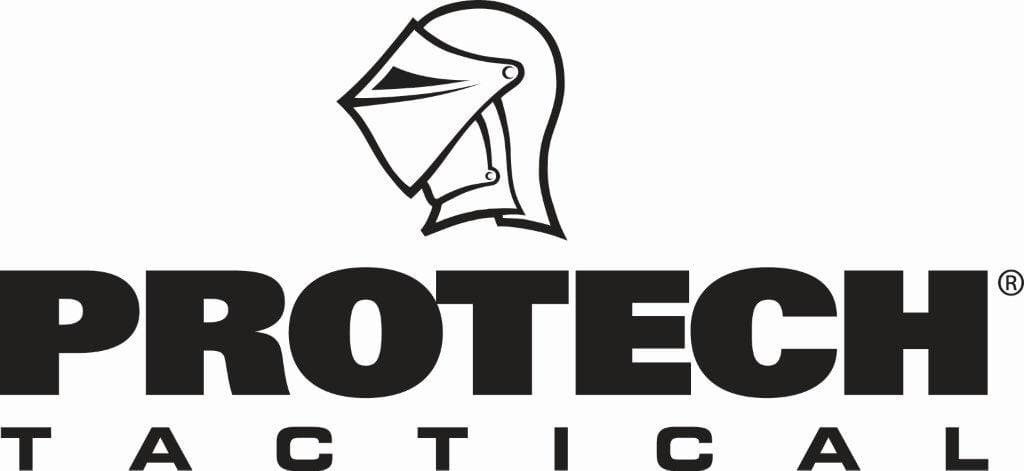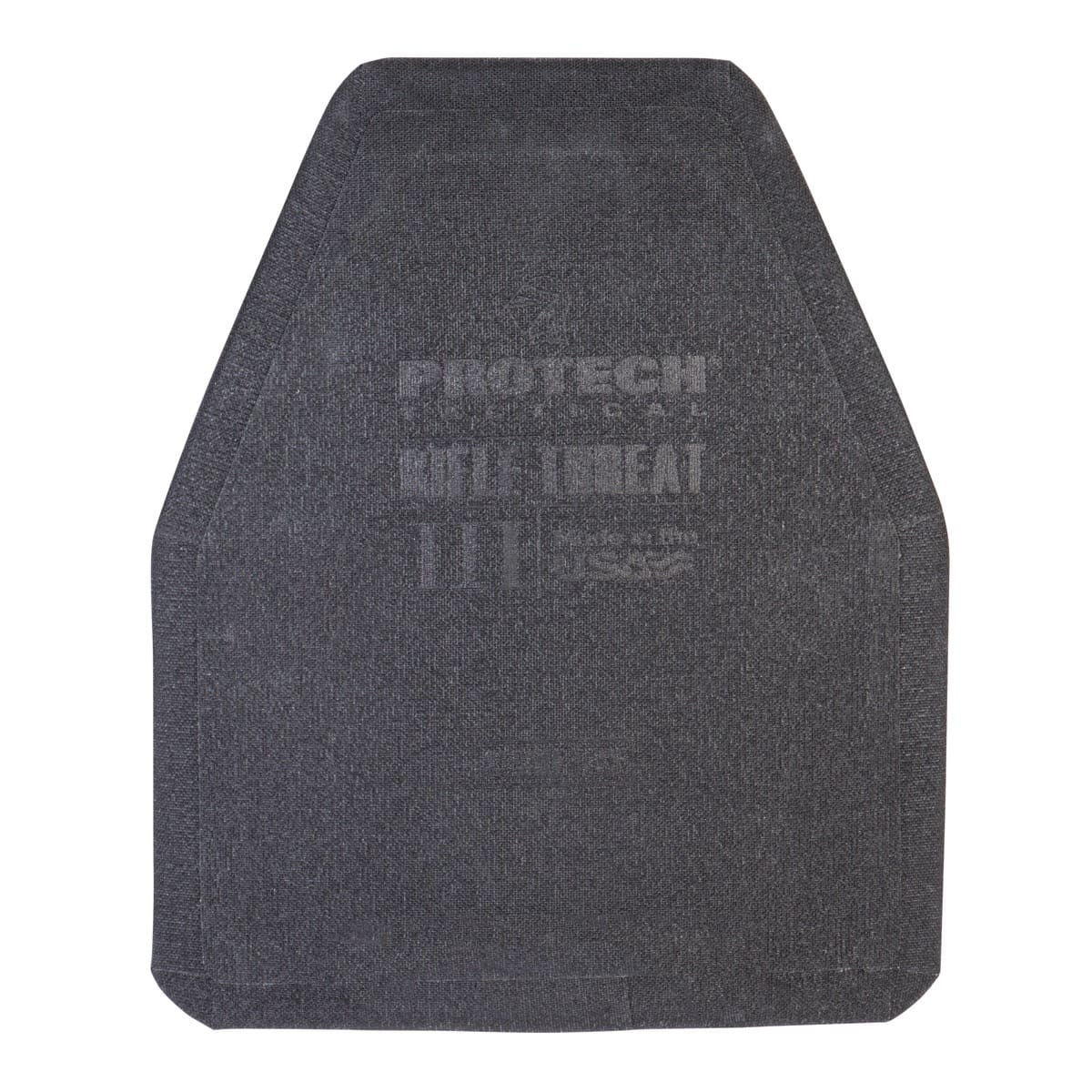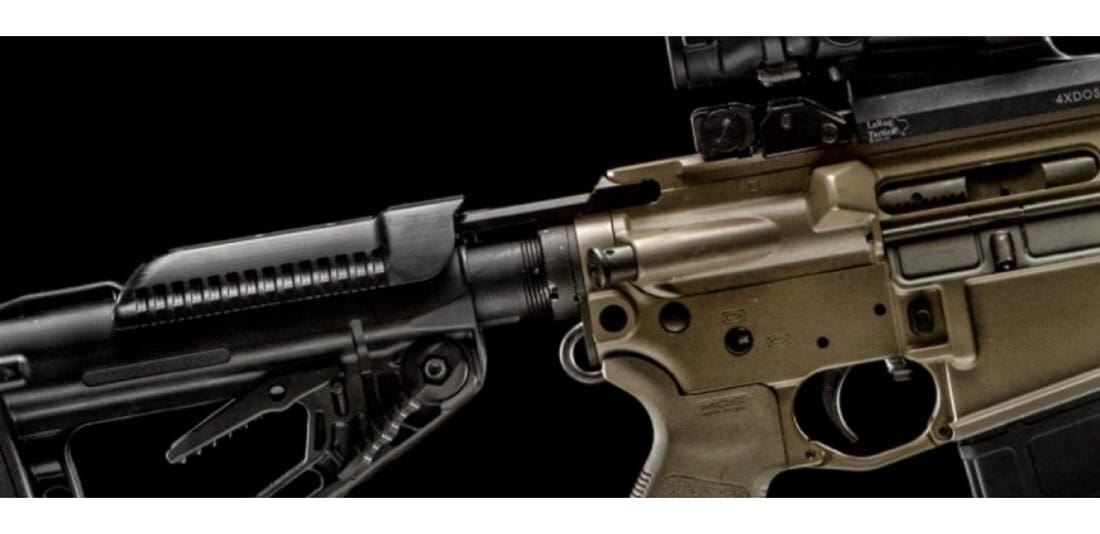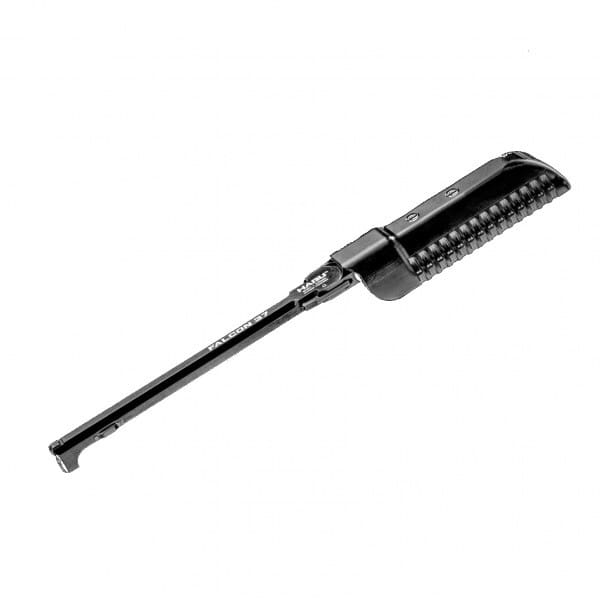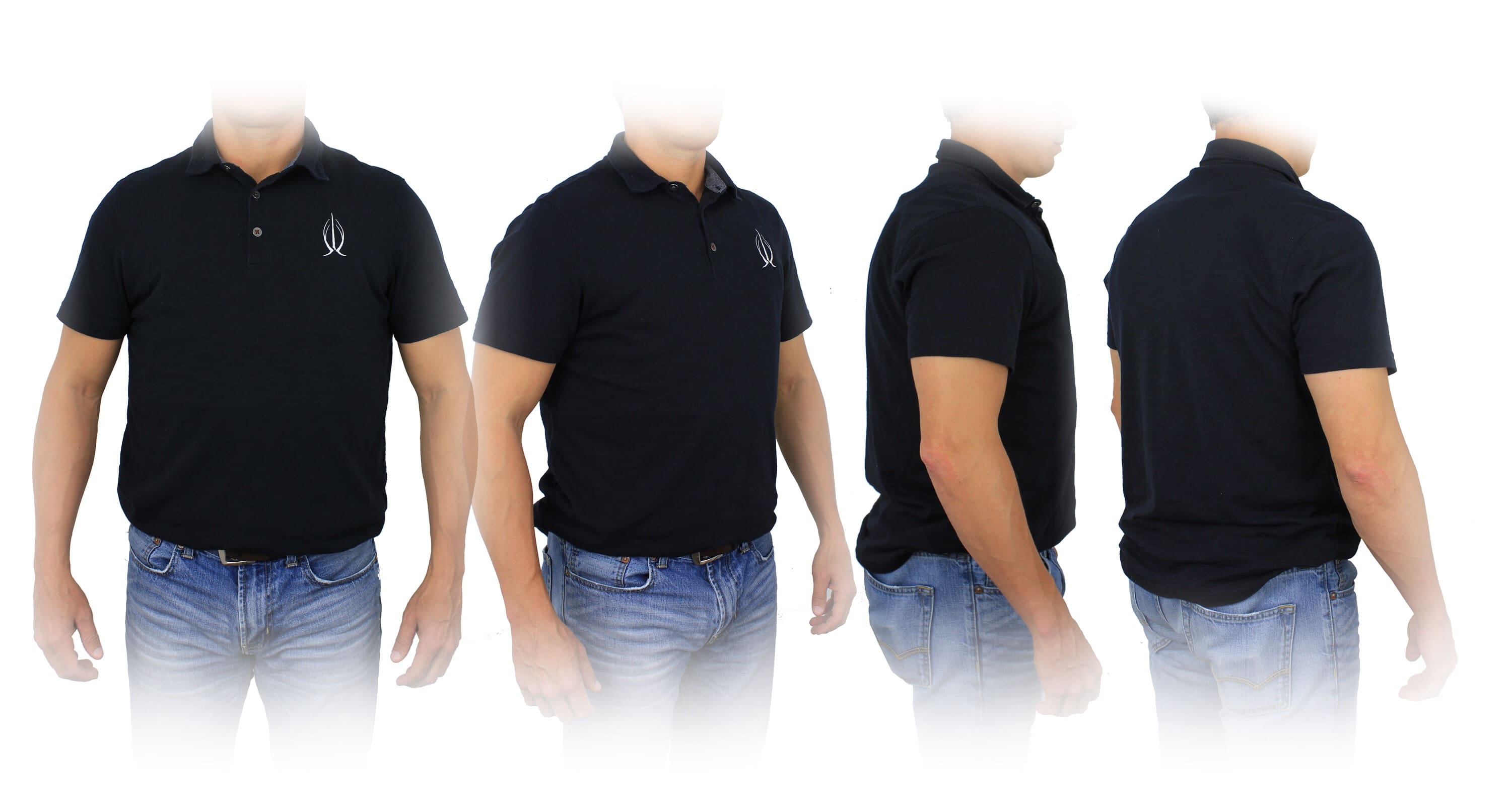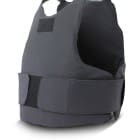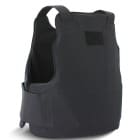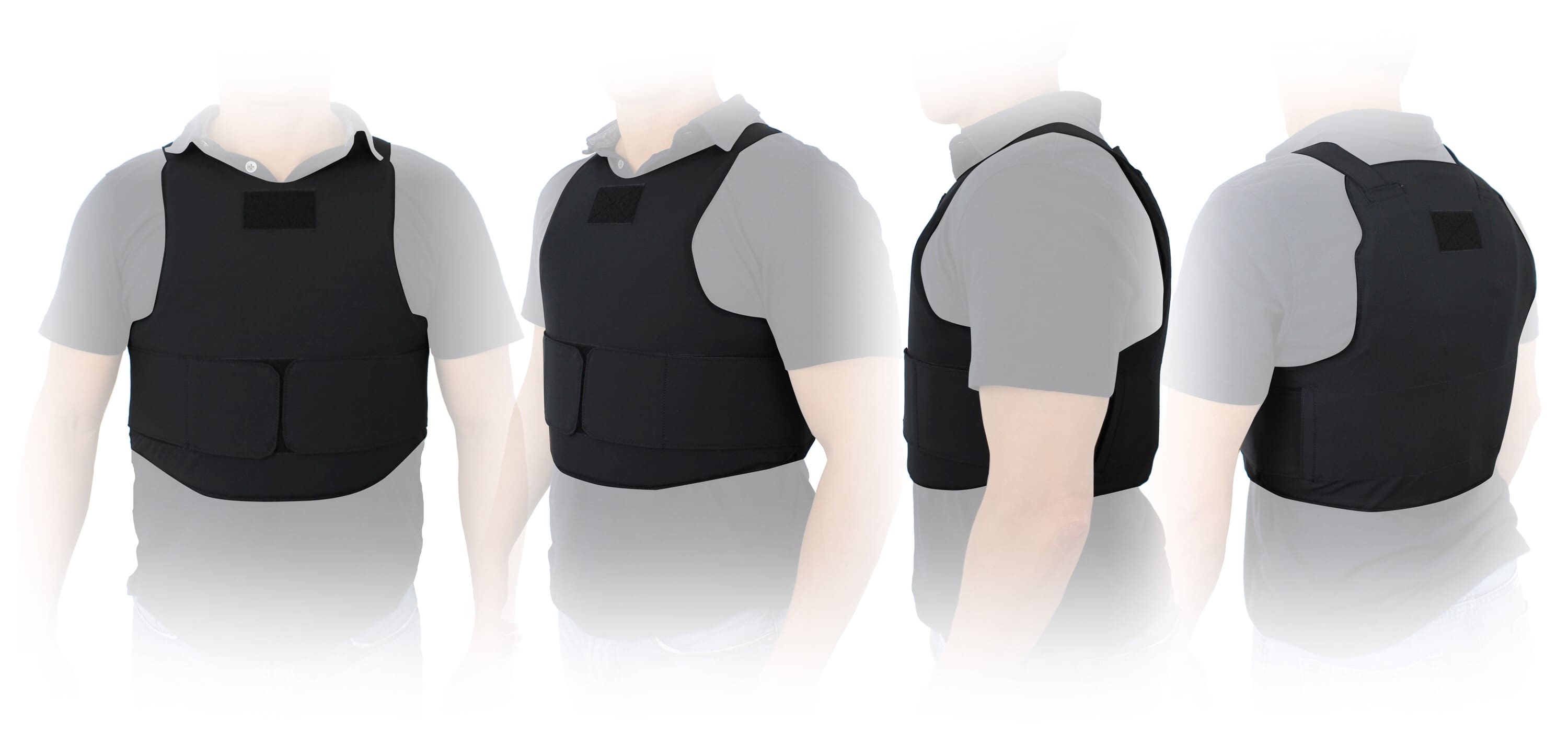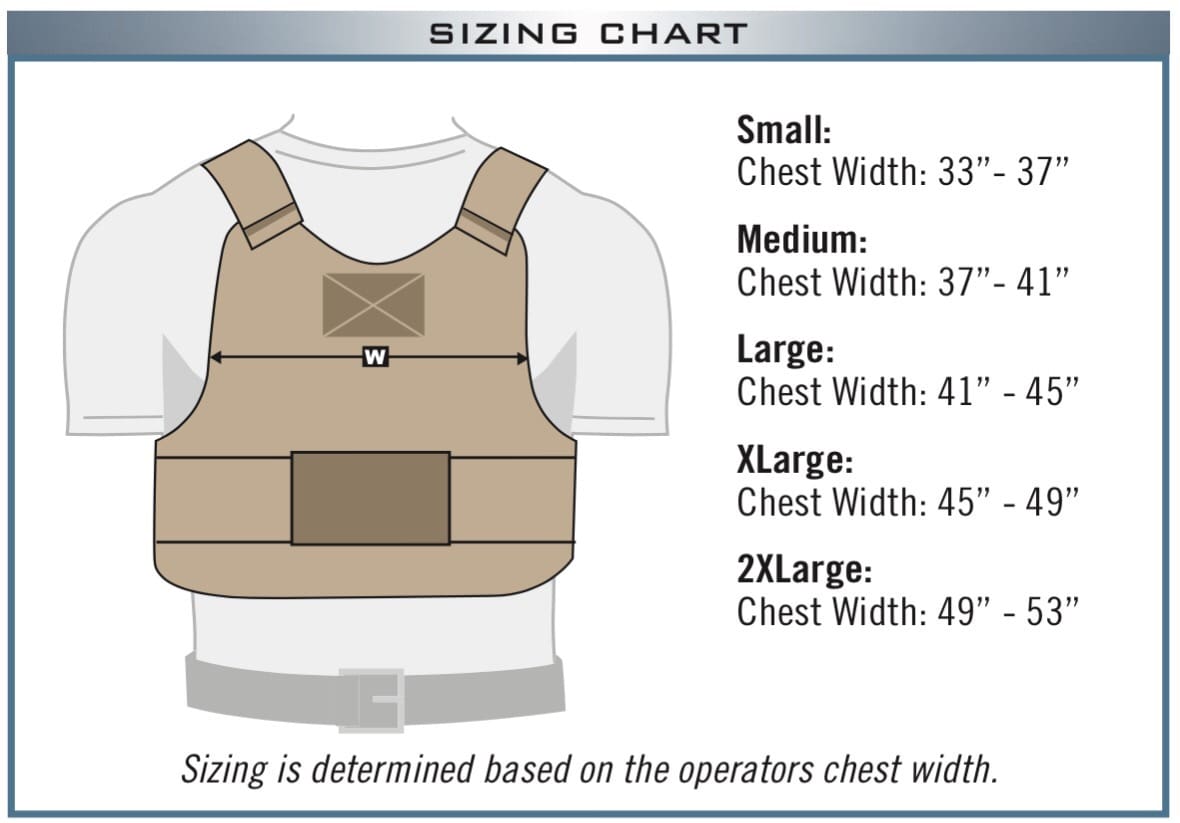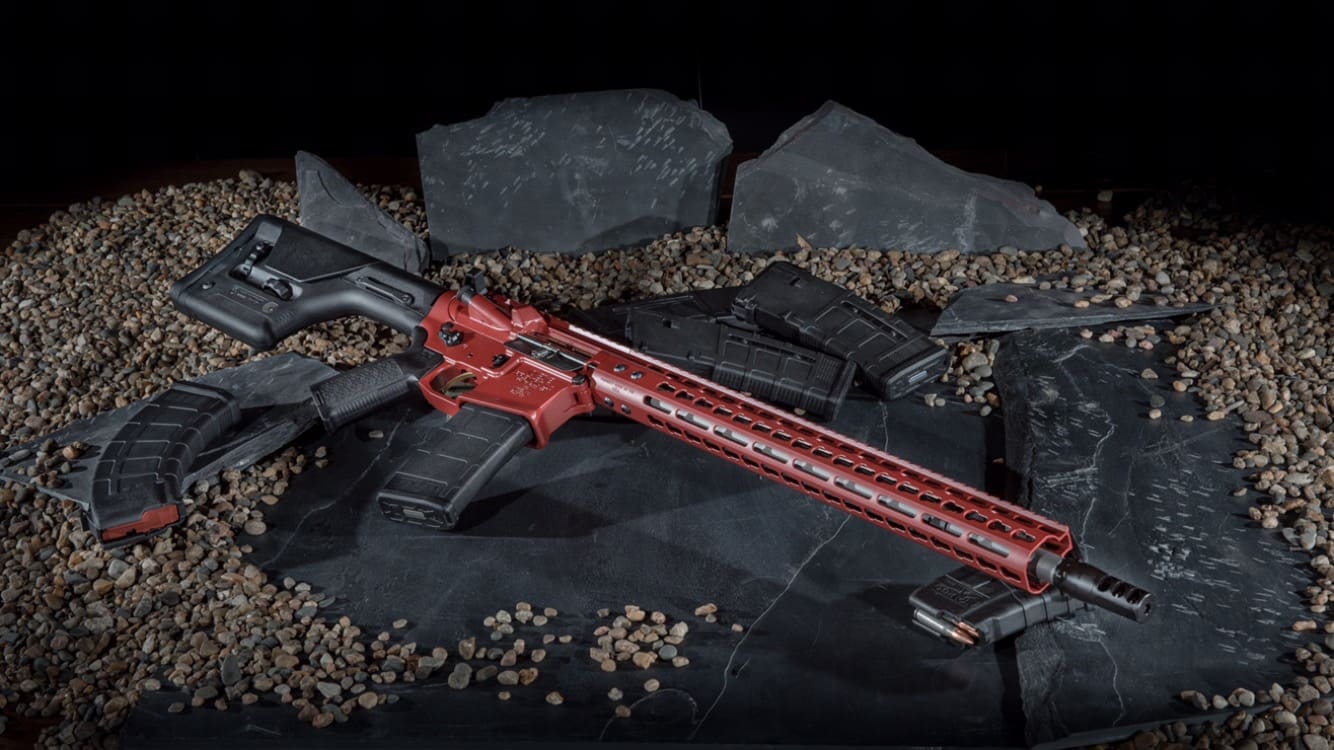
Grinnell, Iowa – Brownells will make its 68th consecutive “NRA Show” appearance at the upcoming 145th NRA Annual Meetings and Exhibits, held at the Kentucky Exposition Center in Louisville, KY, May 20 – 22, 2016. Brownells will welcome visitors at Booth #3401, located next to the NRA’s booth, at the main entrance.
At the booth, attendees will have an opportunity to handle 10 of Brownells’ newest Dream Guns® – highly-customized firearms designed to showcase Brownells’ product line and to inspire customers to personalize their firearms.
Additionally, booth visitors can register for a chance to win an all-expenses paid trip for two to Brownells in Grinnell, Iowa, for a range day with Brownells-sponsored professional 3-Gun shooter Janna Reeves on July 26. The winner will also receive an identical copy of Janna’s famous red competition AR-15, nicknamed “Scarlett.” The entire prize package is valued at $3,000. Janna will be in the Brownells booth daily during the show, from 2:00 until 2:45 pm, greeting fans and signing autographs.
Eric and Chad from the Iraqveteran8888 YouTube channel will also appear in the Brownells booth on Saturday, May 21, from 10:00 until 10:45 am.
“For people into guns and who value freedom, there is nothing else quite like the NRA Annual Meetings & Exhibits,” said Pete Brownell, Brownells CEO and 1st Vice President of the NRA. “Louisville is a great city, and is putting out a fantastic welcome for both the NRA and all the attendees.You owe it to yourself to attend at least one NRA Show, and this is the year to do it. It’s the one of the best chances to make personal contact with people in the firearms industry, as well as mix and mingle with thousands of other freedom-minded individuals. It’s a wonderful experience in many ways. Be sure to come by the Brownells booth and meet some of our great people, and register for a chance to win an awesome rifle.”
Brownells social media team will be posting constant updates from the Annual Meetings on the Brownells Facebook, Instagram and Twitter pages.
Admission to the event is free, and open to all NRA members. NRA Memberships can be purchased at the door. For more information, visit the NRA Annual Meetings and Exhibits Homepage.


